
Laundry might seem a simple process– but no, it is more than loading your dirty clothes inside the washing machine or hand washing them. Several cases can make laundry go wrong, and it is rare for someone who never experienced laundry problems.
Some of the common reasons these laundry problems happen are using the wrong cleaning product, laundry method, or equipment issues. Although most laundry problems can be corrected or prevented, some laundry problems might not be fixed. Thus, it is best to do things to avoid laundry problems. After all, prevention is better than cure.
Page Contents
1. Read the Wash Label
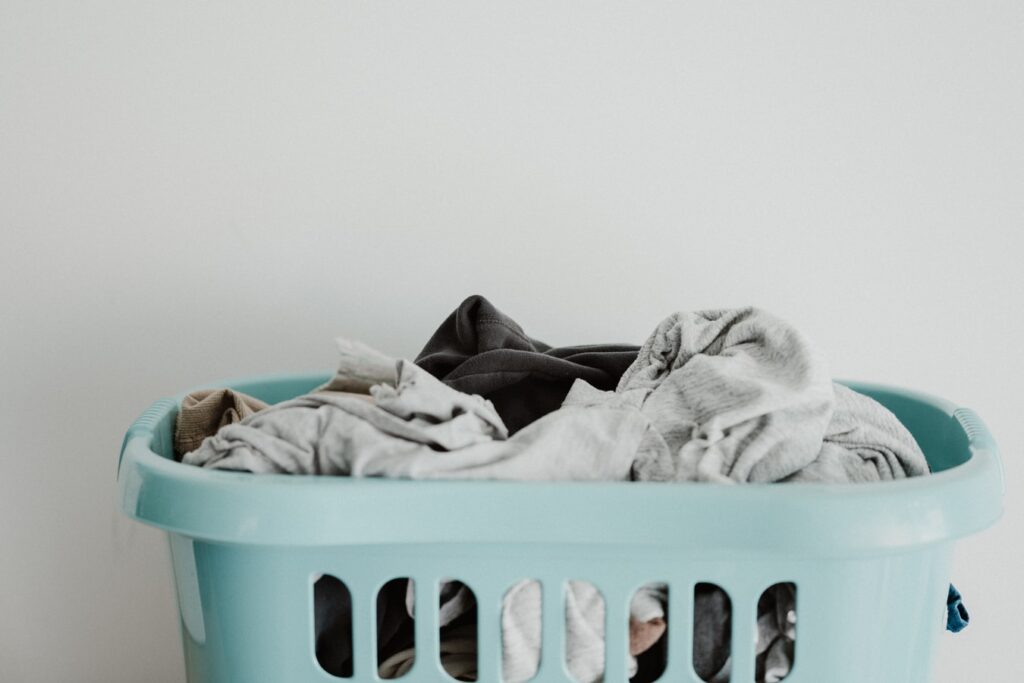
It’s quite an obvious tip to read the wash label instructions to prevent laundry problems. Well, that’s how you should begin with avoiding mistakes knowing the right thing to do. The wash label of your clothes contains the proper temperature and cleaning method it needs.
2. Prevent Holes and Tears
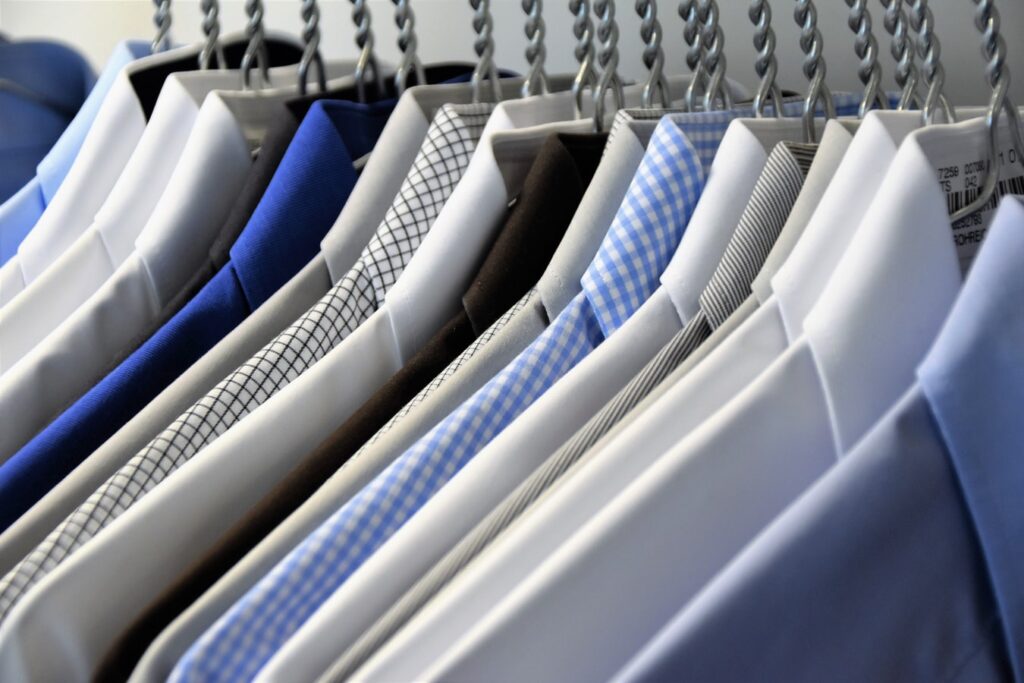
Holes, tears, or snags on clothes are irreversible. You have to pay attention to your clothes before loading them in the washer. Remember, not all clothes are compatible with washing inside machines. If so, hand wash them.
Unlike in a commercial laundry service like lioxclean.com, they use large-load machines. Household washers can only take a few loads. Load the appropriate amount of clothes and water in the machine, let it circulate freely. If you overload the washer, it may cause holes and tears. Moreover, check the clothes you will load. Fasten the zippers or hooks and unbutton the buttons to ensure it will not snag other clothes.
Lastly, watch out for the amount of bleach you will use and not pour the bleach directly on the clothes. Excessive use may cause holes, tears, or snags. Read the directions to ensure you are adding the right amount.
3. Yellow Discoloration on Clothes or Linens

Have you tried following the wash label on your clothes but still have your white clothes turn into yellow? There are a few causes you can look into and reverse or prevent it from happening.
- Insufficient amount of detergent: You can reverse or prevent having yellow discoloration by using the right amount of detergent when washing your clothes. If you use bleach on them, make sure you are adding the right amount, an excessive amount of bleach can cause another problem.
- Washing clothes with inappropriate water temperature. Wash your clothes at their appropriate water temperature– at least 100 degrees Fahrenheit.
- Unknown rust stains: Your water supply may have iron or manganese residue. You can use rust remover for fabrics to restore the whiteness of your clothes. However, do not use bleach on rust stains. It may intensify the discoloration.
Lastly, if your clothes are made of silk, spandex, or wool, do not use bleach on them. The yellow discoloration will not be removed. Thus, make sure to read the label of your clothes.
4. Shrunken Sweaters
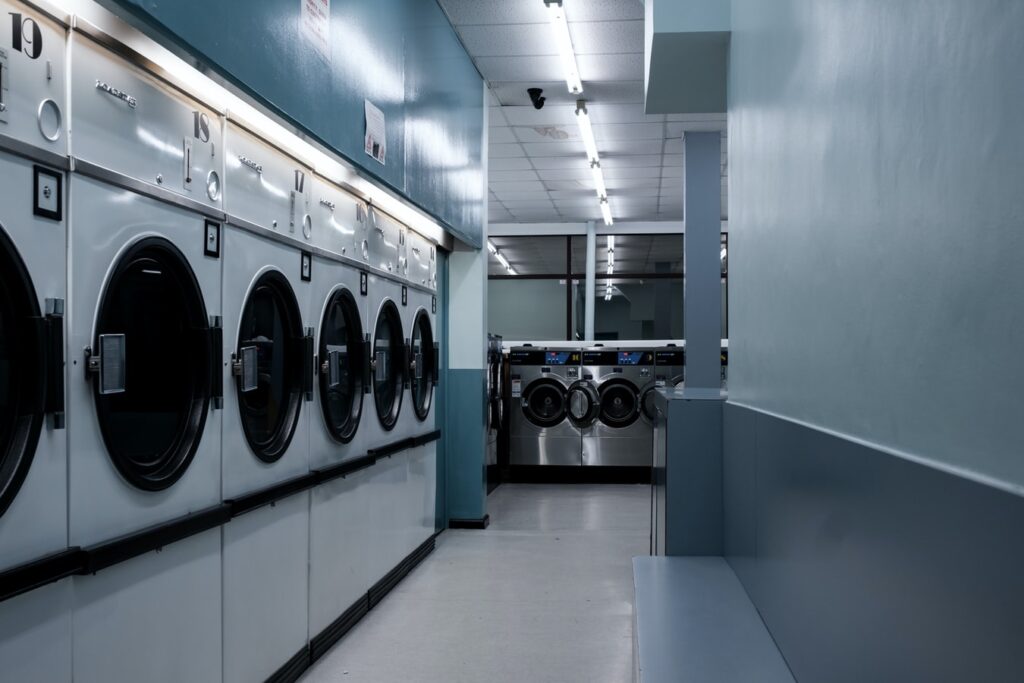
The worst moment is when you mistakenly load a wool sweater into a load cycle in hot water temperature or high heat dryer– after you pull it out, it becomes nearly a doll-sized sweater. Shrunken sweater or cloth is an irreversible condition. Thus, you have to know its possible causes to prevent it.
- Overdrying: Remove clothes from the dryer when they are still slightly damp. Do not overdry them. After you remove the clothes or sweater, stretch them back into their original shape and lay them flat to help them finish drying.
- Agitation: Set the wash and rinse cycle in minimal agitation. You can use slow agitation or soak to ensure it will not speed up drying or introduce harsh agitation to the clothes.
- Residual Shrinkage: Some woven fabrics quickly shrink when laundered. You can prevent yourself from buying this type of clothes by checking its quality before purchasing.
5. Stains from Fabric Softener and Dryer Sheet
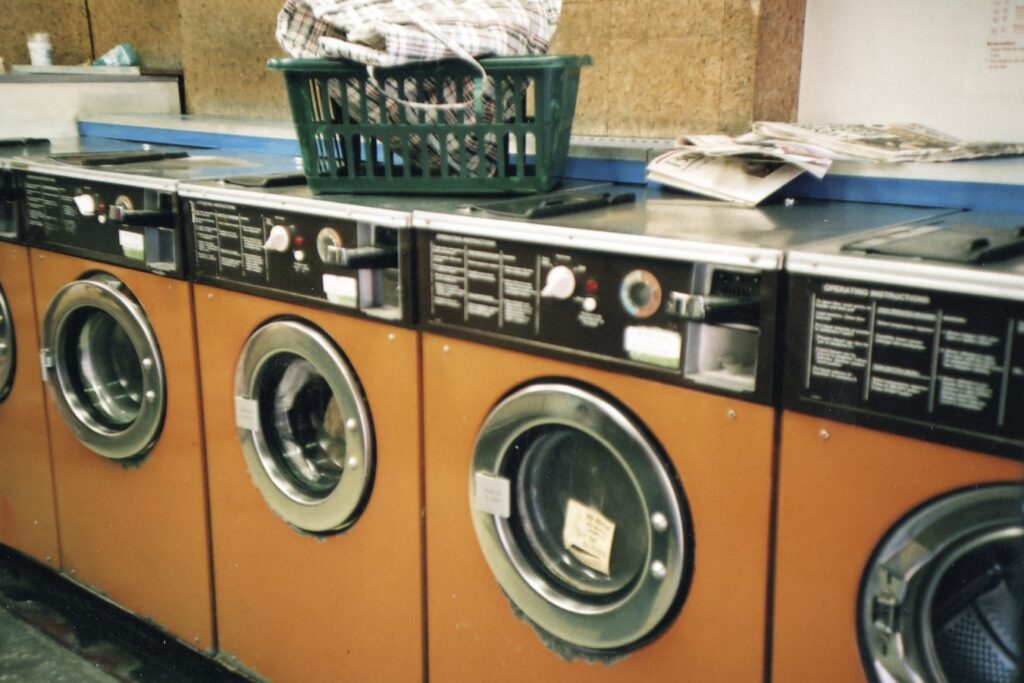
Sometimes trusting too much on fabric softeners and dryer sheets to keep our clothes fresh can cause laundry problems. Fabric softeners and dryer sheets help clothes make them feel softer to your skin. However, excessive amounts of the coating will leave residues on the clothes. The residues will appear as oily stains or grease, and it will appear as a stain over time.
Prevent fabric softener stains by shaking and diluting the softener. Do not pour the fabric softener directly. You can use an automatic dispenser or dilute it with an equal amount of warm water.
Meanwhile, avoid dryer sheet stains by placing the dryer sheet on top of the freshly loaded clothes and start the dryer immediately. Do not overload or bury the sheet in the load. The dryer sheet will only produce stains if it stays in contact with fabric for entirely too long.
If it has already happened, you can remove the stains from the clothing by:
- Washing the clothes with vinegar solution: If you notice there’s a discoloration on your clothes, place them back in the washer. However, do not use detergent or fabric softener. This time, you have to use a cup of distilled white vinegar. Make a full wash and rinse cycle with the vinegar, and the stains will be gone.
- Rewash with liquid dishwashing soap: You can easily apply a small amount of liquid dishwashing soap on the grease stains or suspected residue of the softener and dryer sheet.
6. Washing Machine Problems
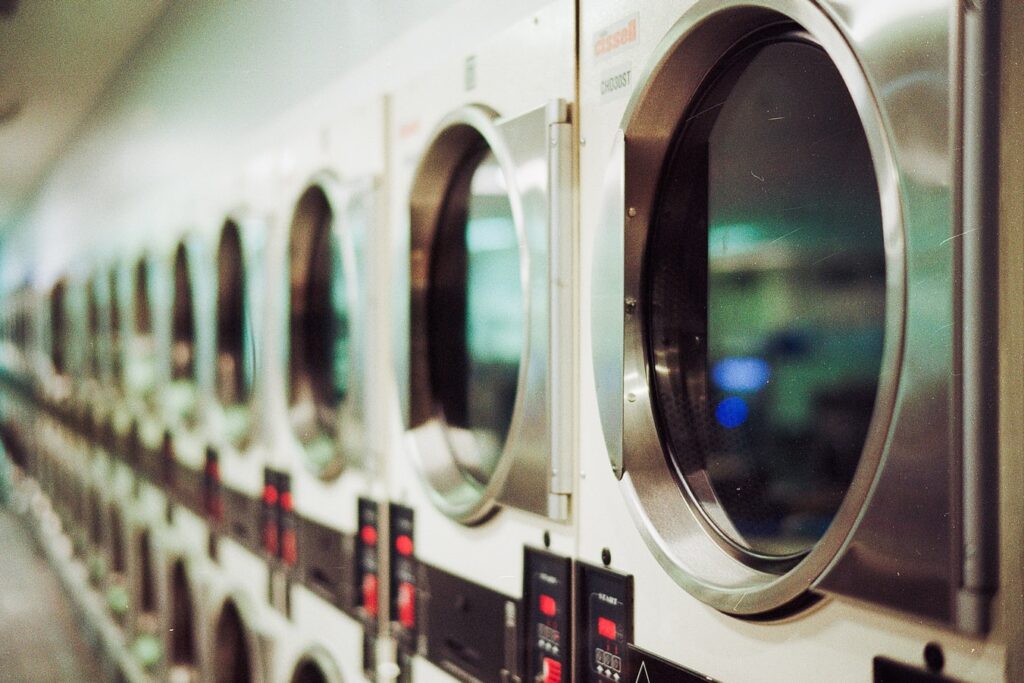
Many laundry problems happen because of their washing machine malfunctions. Regularly check your washer and dryer machine to ensure that they are still working well. If you are experiencing some trouble, you can read the manual and troubleshoot it. However, if it still does not work, call a repairman.
Aside from continually checking and inspecting your washing machine, you have to clean them too regularly. Washing machines develop odors due to improper use and cleaning. Clean your washer once a month.
Keep your clothes safe by learning how to prevent laundry problems. It is better to avoid these problems than mend them. Sometimes, the problems are irreversible. Do not let your expensive clothes lose their value because of a simple and preventable mistake.































